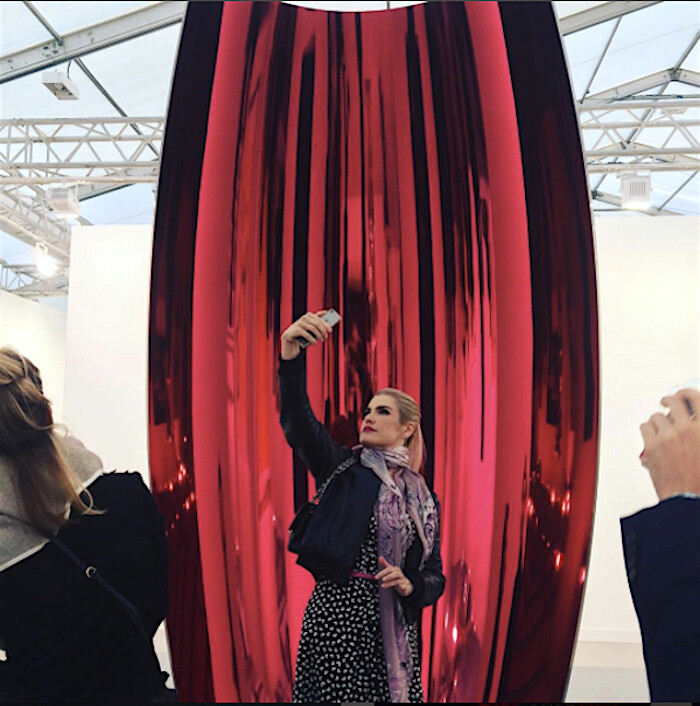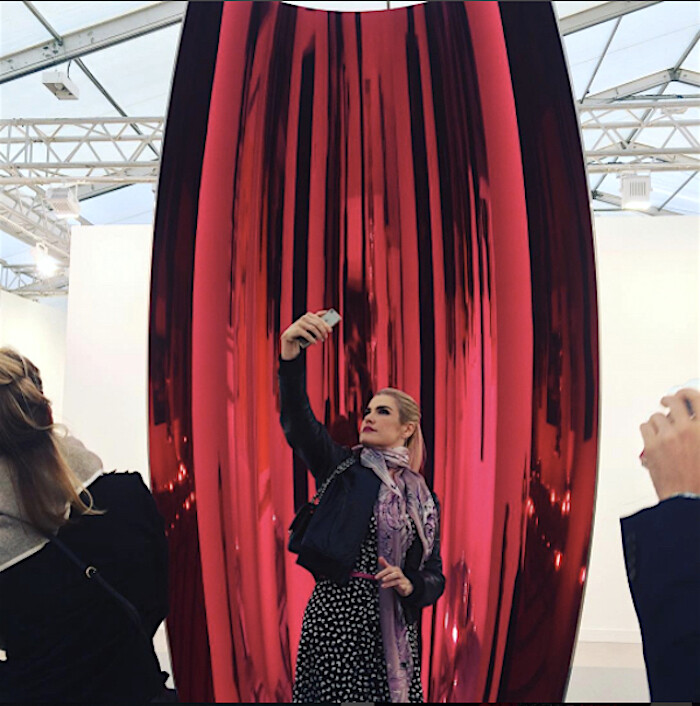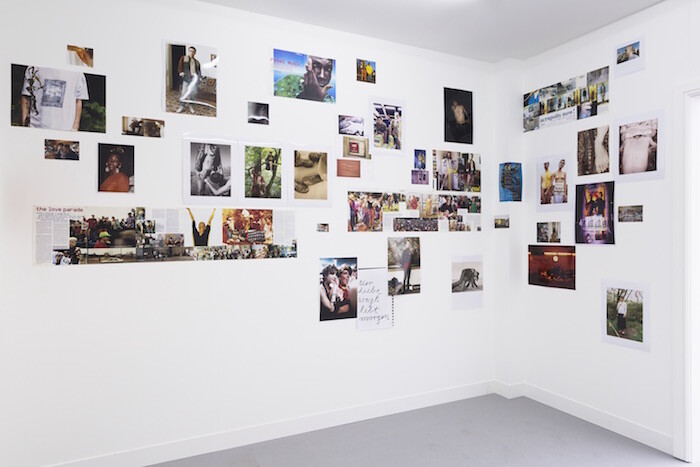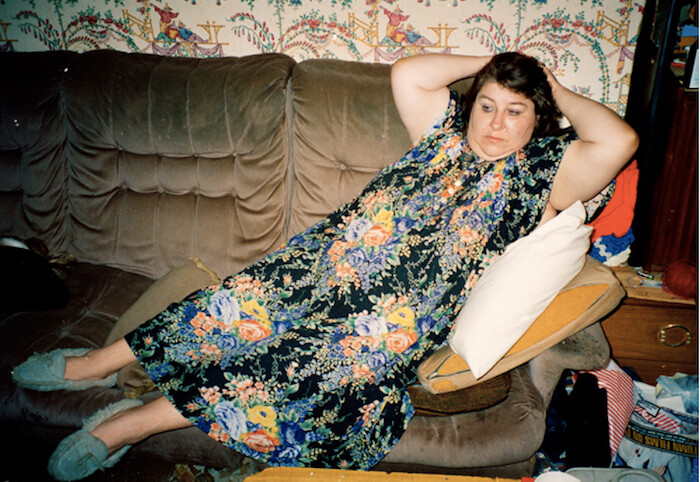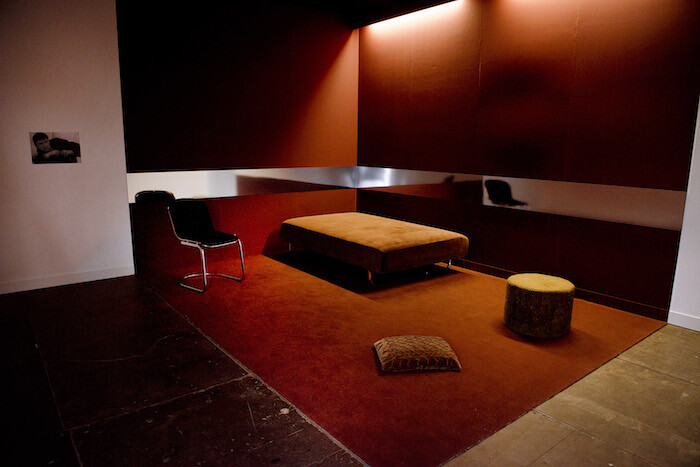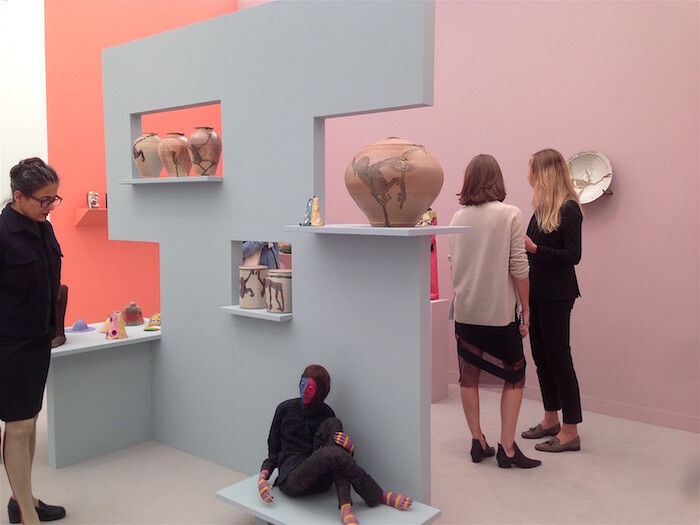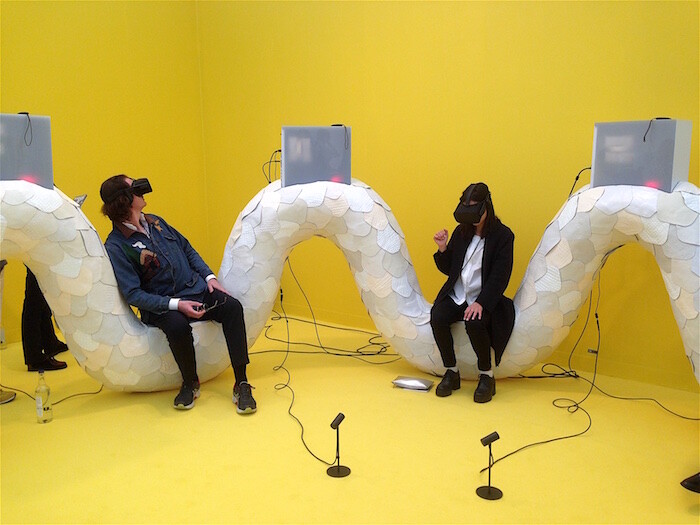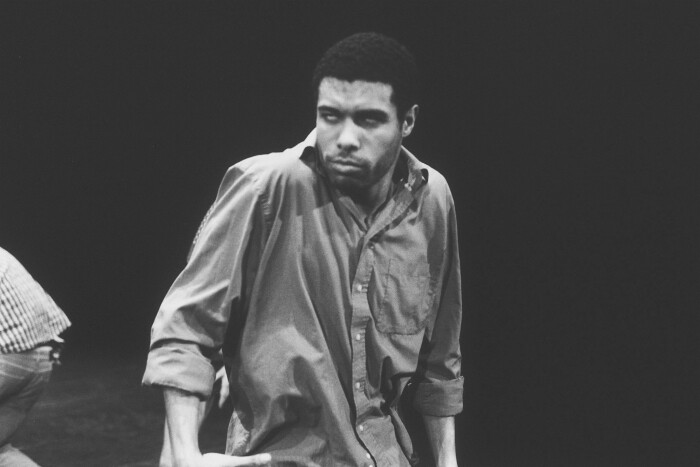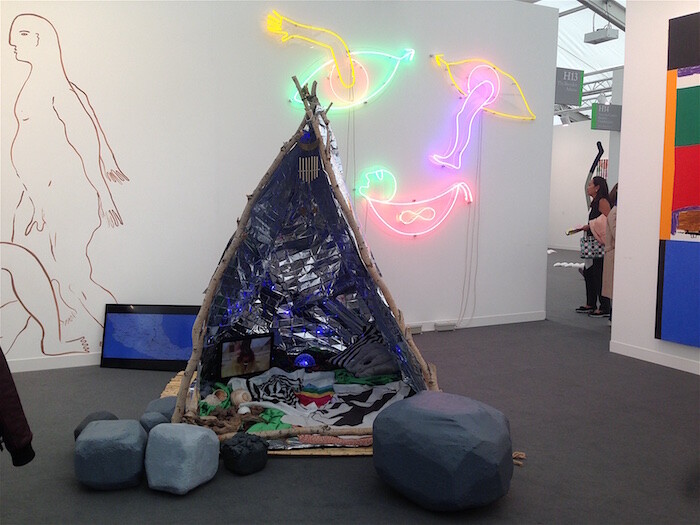October 6–9, 2016
Art fair reviews serve for many as a guide on what to see (and what to avoid); for some as a memorandum on trends, institutions, and artists to follow; and for a few as the starting point for a wish list, supporting acquisition and investment decisions. These texts frequently respond to the intrinsic bipolarity of the fair—an instance that is at once affected by political, economical, and social events while also existing in its own, detached microcosm. It’s not surprising that critics’ attempts to acknowledge contexts and structures often end up entangled in their response to the presentation of artworks as commodities within an enclosed environment, and decline towards impressionistic accounts that mirror the combination of awe, frustration, and exhaustion which is so familiar to fair visitors and workers alike.
Constituted as a playlist, this text is articulated around four music tracks whose spirit and lyrics evoke certain tropes of art fair writing—the identification of highlights and trends, anthropological impressions, considerations on the broader political conjuncture—while proposing an aural experience with which to traverse or imagine the environment of this year’s edition of Frieze London.
Highlights—Brian Eno, “Golden Hours” 1
The passage of time / is flicking dimly upon the screen, / I can’t see the lines I used to think I could read between. / Perhaps my brains have turned to sand. / Oh me oh my, / I think it’s been an eternity…
Released in 1975, Brian Eno’s Golden Hours remains untarnished by four decades of existence. The song’s enduring relevance is matched by curator Nicolas Trembley’s project The Nineties, in which galleries re-present fundamental exhibition moments from their history which became almost mythical events. The canon as a commodity? Perhaps. Nostalgia for sale? For sure. Nonetheless the quality of this impeccably selected section is far superior to the rest of the fair. The cinematic revisitation of “Aperto ’93,” a carefully installed mini-show that reveals Milan gallerist Massimo De Carlo’s unique taste and curatorial knowhow; Wolfgang Tillmans’s first gallery exhibition at Buchholz & Buchholz in Cologne in January 1993, consisting of an installation of over 60 unframed photos and magazine cutouts; Richard Billingham’s “Ray’s A Laugh” (1996), a candid photographic documentation of the dysfunctional domestic environment of the artist’s parents at London’s Anthony Reynolds; or Dominique Gonzalez-Foerster’s iconic room R.W.F., which in 1993 turned the Cologne apartment of (what is now) Berlin’s Esther Shipper into a fictional film set that paid tribute to Rainer Werner Fassbinder, are among the most compelling environments on view, which offer a rare occasion to live what many only know through photographic reproductions.
Trends—Frank Ocean, “Nikes” 2
These bitches want Nikes / They looking for a check / Tell ‘em it ain’t likely / Said she need a ring like Carmelo / Must be on that white like Othello / All you want is Nikes / But the real ones just like you
Frank Ocean’s Nikes is a mellow poem about contemporary material culture, hedonistic pleasures, desires, needs, and addictions. At the same time as it portrays greed and drives as common feelings, it encourages a certain detachment from such forces. In doing so, Ocean contradicts Theodor Adorno and proves that criticism can come in the shape of an addictive, melodic refrain.
Such fragile balance between compulsion and lucidity can be projected onto Francis Upritchard’s booth at London’s Kate MacGarry. It presents an excellent composition of crafted objects and figures—large terracotta pots with painted ape-like silhouettes; colorful small hats for tiny dropouts; elegant humanoid figures with elongated eyes and impossibly long limbs—carefully arranged against an impeccable candy-colored setting. With its glamorous ethnographic spirit, the display of this miniature exhibition combines the eclectic tradition of the Wunderkammer with the seductive environment of the thrift shop, attesting how the presentation of material culture is never disconnected from the apparatuses for its trade.
Impressions—AlunaGeorge, “Supernatural” 3
Is this dream state or awake? / Creative science that we make / The perfect innovation / So close to real we can’t tell its fake / Supernatural, supernatural, supernatural
Amid the repetitive plethora of milky booths of the fair, a vivid yellow area, located at the upmost extremity of Frieze’s tent, appears to be almost detached from its surrounding context. To access it, visitors need to ride the sculpture of a large albino ouroboros fitted with several Oculus Rift headsets. Some people are already seated, glasses and earphones on, as vulnerable and careless as trippers on acid. Presented by London’s Seventeen Gallery, Transdimensional Serpent (2016), a sculptural installation and four-minute Oculus Rift experience by Jon Rafman, is one of the most complex, generous, and alluring works on view. Its video places viewers in a supernatural environment where dodgy alleys, warm deserts, and cold forests are populated by all sorts of fantastic beings. Rafman manages to expand the ubiquitous reflection on the impact of technology on contemporary life (which dominates the practice of so many of his peers) towards a concrete physical experience that propitiates the fulfillment of corporeal pleasure while speculating on other modes of seeing and being. Alienation appears as a powerful antidote to the anxiety and distress that commonly afflict the art fair visitor.
Considerations on the conjuncture—Slaves, “Cheer Up London” 4
You’re dead already / Dead dead already-ready / Already dead Cheer up, London, it’s not that bad / You’re already dead / And it’s really, really not that bad, is it?
If the spectacle of art fairs rarely portrays or induces changes in society, its sales certainly respond to them. Taking place between a post-referendum and a pre-exit Britain, Frieze 2016 is set against a background of uncertainty. Whether this edition is the swansong of the British art market or whether a pound that revisits its inglorious Thatcher days5 makes services, goods, and investment more appealing, the UK’s near future doesn’t seem promising either for artistic production or for its commerce.
“Cheer Up London, You’re already Dead,” sing the British punk duo Slaves. Finish your tour through the fair trying to envisage a better present and a brighter future for this country. With this message Slaves prove that even punk can be reborn from ashes, so why shouldn’t Britain experience a similar revival? Could art offer a fundamental means of supporting such a rising, through a renewed liveliness and intensity? The visions of passionate, entranced bodies dancing in Joachim Koester’s stunning black and white film Tarantism (2007), at New York’s Greene Naftali; Marcel Dzama and Raymond Pettibon’s collaborative drawings (various titles, all 2016) depicting bats and young humans sharing densely hallucinogenic spaces, at New York’s David Zwirner; or a fragment of Angelo Plessas’ project Eternal Internet Brother/Sisterhood installation (2015), consisting of a neo-hippie, improvised shack for a kinship of tech addicts at Athens’ The Breeder offer possible forms of outlandish, quasi-esoteric, even festive resurrection.
https://www.youtube.com/watch?v=Sxyg3sP03Cs
https://vimeo.com/179791907
https://www.youtube.com/watch?v=pzzhpx8fF10
https://www.youtube.com/watch?v=sCU9ZKgfwlc
Since June 2016 the pound fell 13 per cent against the dollar, hitting the lowest point in 31 years, a trend that appears to remain constant with Theresa May’s “Hard Brexit” position. https://www.theguardian.com/business/shortcuts/2016/oct/04/the-pound-is-worth-less-but-what-does-it-mean-for-brits.
